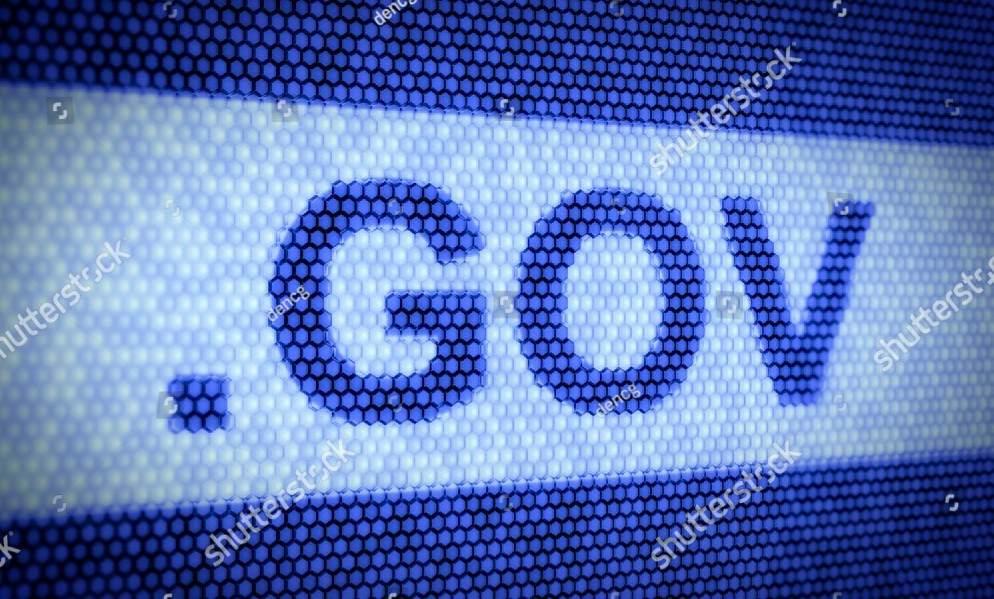The .Gov (Top Level Domain And Second Level Domain)

In a previous post, we wrote about how to choose and buy a domain for your business. In this post, we will delve a little deeper on how to get the government (.gov) sponsored top-level domain (sTLD) names.
A sponsored top-level domain (sTLD) is a category of the top-level domains (TLDs) maintained by the Internet Assigned Numbers Authority (IANA) and used in the Domain Name System of the Internet. IANA currently categorizes top-level domains into three: country-code top-level domains (ccTLD), generic top-level domains (gTLD) and infrastructure top-level domain.
What’s a Domain Name?
Let’s start by briefly explaining what a domain name is. A domain name is the name you have chosen for your website and is usually followed by a .com, .co.uk, .gov and so on.
A domain name can only be owned by one person/company at any given time. Say you want a domain name and it has already been registered to someone else, you can either offer to buy it from them or wait for it to expire and hope they don’t re-register which is never certain.
A Top-Level Domain (TLD) is the part that follows after the ‘dot’ symbol or the last part of a domain name. Common examples of TLDs are .gov, .uk, and .com
A Second-level domain (SLD or 2LD) is a domain that is directly below a top-level domain (TLD) or a second-level hierarchy to a TLD that indicates the type of entity intended to register under the TLD. For example, in fed.gov.uk, .gov is the second-level domain of the .uk TLD.
Read our blog post on how to choose and buy a domain for your business or personal use for more information.
The Origin of the .Gov Domain
The .gov domain is derived from the word government, indicating its restricted use by government entities.
It originated from the United States as a result of the U.S. Federal government’s role in sponsoring a research network to create the Internet.
It was established in 1985 as a generic top-level domain (TLD) for government entities in the United States.
Other countries usually delegate a second-level domain for this purpose, such as .gov.uk in the United Kingdom, .gov.ng for Nigeria and .gov.gh for Ghana.
The .gov domain has been administered by the General Services Administration (GSA), an independent agency of the United States federal government, since 1997.
The U.S. is the only country that has a government-specific top-level domain (.gov) and a country-code top-level domain (.us)
Dot Gov (TLD and SLD) Requirements & Registrations
To register a .gov domain, an official letter of authorization must be submitted to the GSA.
Also, to register a second level .gov domain(such as .gov.ng), an official letter of authorization must be submitted to the appropriate authorities.
For a list of some .gov (tld and sld) Authoritative Registrars and their Requirements, see List of .gov (tld and sld) Registrars
Dot Gov (TLD and SLD) Advantages & Disadvantages
Advantages
• The .gov (tld and sld) is restricted for use by government entities.
• Visitors can trust it because of its administrative classification and inherent official backing. For example, a private company with the same name as a government entity could own a .com website but they couldn’t have a .gov one.
• Branded email addresses for government entities and personnel.
Disadvantages
• Similar-sounding domains could be used for unethical or criminal activities. For example, whitehouse.com, a porn website (now a news-like site) was frequently confused with the official White House website – whitehouse.gov.
• Internet users naturally type in the more common .com than the official .gov website and most web browsers simply add '.com' to the end of an address if you don't enter a suffix into the address bar.
• Citizens could be misled to visit the wrong website, which would not only divert traffic from the official one but could potentially ruin your reputation.
• Another disadvantage is that it requires more complicated paperwork and is relatively expensive. Buying other domains is usually a simple 5-minute process of registering your details and adding your credit card information.
Kindly leave your comments below if you need help or have any questions/suggestions.